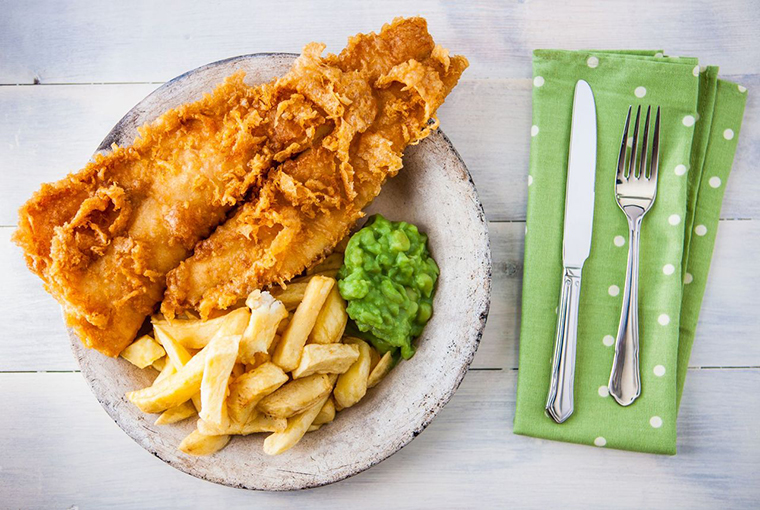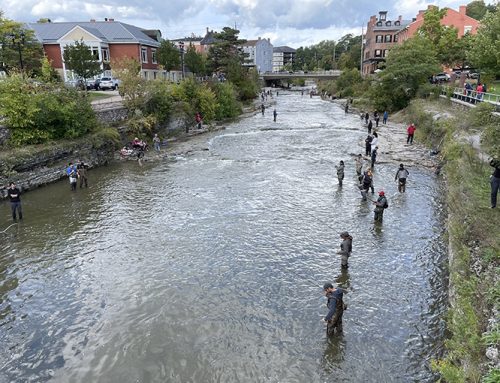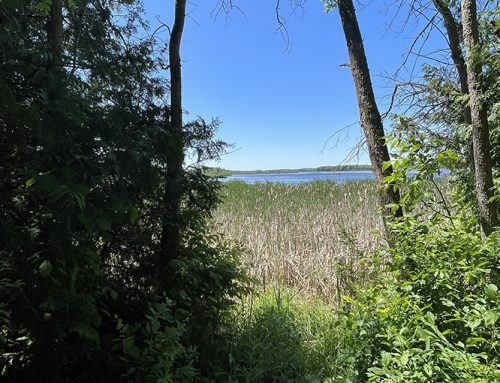
A recent multi-partner study found consumption advisories varied greatly between Ontario, Quebec, New York, and the First Nations communities along the St. Lawrence River.
For example, the consumption advice for Ontario perch says as many as eight to 32 meals can be consumed per month, depending on the size of the fish. Children and women of childbearing age are restricted to four to 16 meals. But, across the river in New York, the advisory recommends up to four meals for the general population and none for children and women of childbearing age.
The study also found the chemicals analyzed differed as did the level of detail. The primary contaminant of concern is mercury in Ontario, and PCBs in New York. Ontario provided the most detail, giving consumption advice for length of fish broken down every five centimetres.
St. Lawrence River variations
Asked to speculate on why there is such variation, study co-author Lawrence Gunther of Blue Fish Canada and chair of the Great Lakes Fish Health Network, said it depends on which chemical is being measured, how fish size is broken down and the different age groups.
There is also inconsistency in the contaminant levels even within a school of fish. Other research found that, for example, if 10 walleye were captured in a certain bay, two would have contaminants and eight wouldn’t.
“You would think if the fish were contaminated, they would all be contaminated,” he said.
Culture and awareness
Culture comes into play too. The guides are based on fillets off the fish. However, some cultures cook the fish whole.
All these issues prompted the study to call for more coordination between jurisdictions in producing the advisories.
Gunther suggested advisories be packaged with the regulations. “There should be a way of doing this is real time,” he said. “Why don’t we have an app that gives fishing regulations and advisories based on where you are and the time of year?”
Gunther also said interviews with anglers at boat launches indicated that some don’t eat fish because they don’t trust the advisories. Others think it’s okay if they stick to a couple of meals per month, and some follow consumption advisories. Other shore anglers weren’t aware of the guides at all.






Leave A Comment